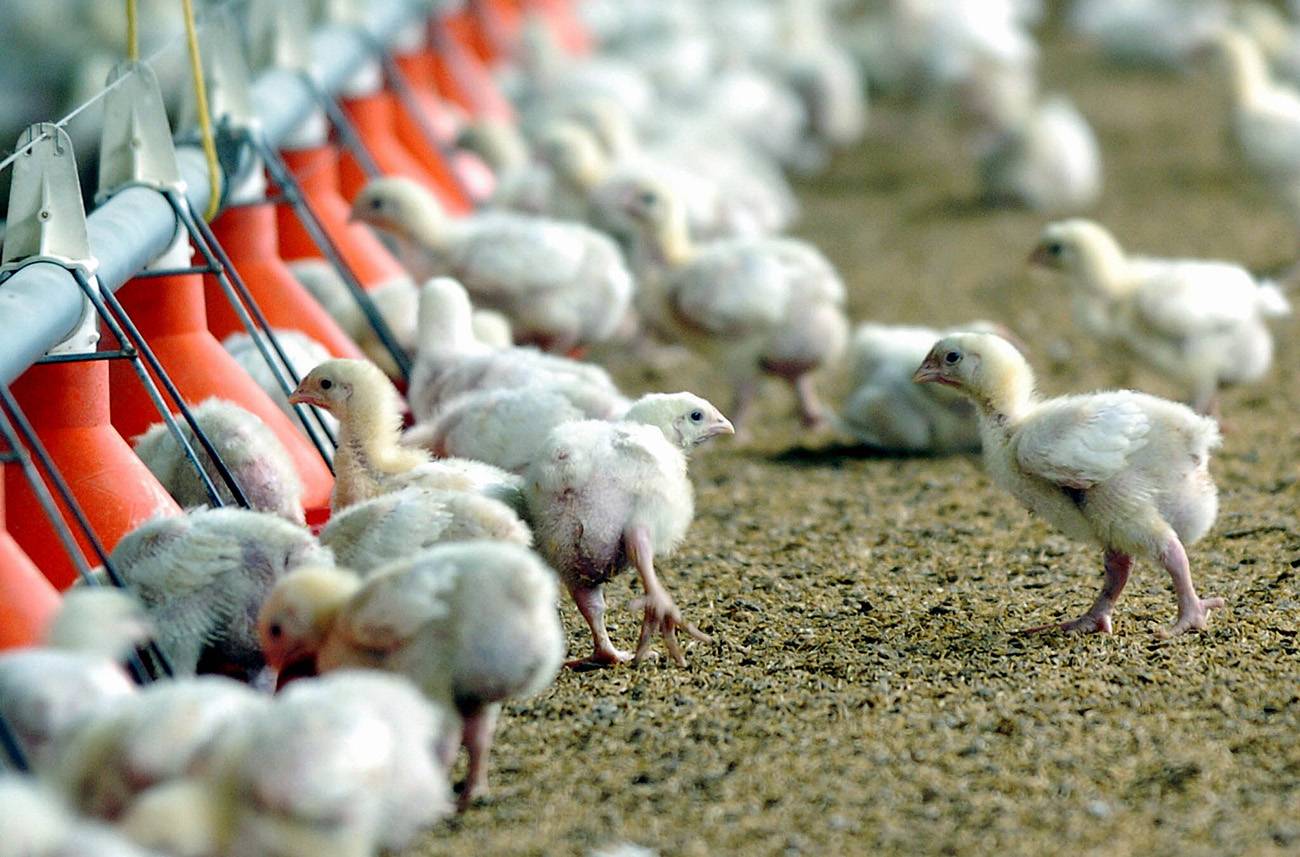Reaction to study showing avian influenza epicentre has shifted from Asia to Africa and Europe
An international group of scientists has studied epidemiological data since 2005 and more than 10,000 viral genomes to conclude that the epicentre of H5 avian influenza has shifted from Asia to parts of Africa and Europe. New lineages have emerged from these regions between 2020 and 2022, which evolved by genetic reassortment with low pathogenic viral variants as they spread. According to the authors, who publish their findings in the journal Nature, the increasing persistence of avian influenza in wild bird populations may be driving the evolution and spread of new strains.

Gustavo del Real - gripe aviar Nature EN
Gustavo del Real
Senior scientist in the Biotechnology Department at INIA-CSIC
This excellent article, published in the journal Nature, demonstrates what was already suspected: the role of wild birds in the global spread of the highly pathogenic avian influenza (HPAI) H5N1 virus that has caused high mortality in wild and domestic birds in many countries around the world, including Spain, since it emerged in 2021 and has also put several mammalian species at risk, including some sporadic cases of infection in humans. Although H5N1 viruses first emerged in China in 1996, outbreaks with evolved strains of the H5 subtype have continued since then, mainly in Asia. This study clarifies the origin and underlying evolution of the highly pathogenic H5N1 viruses responsible for the avian influenza panzootic that emerged in 2021.
Through phylogenetic and epidemiological analysis of H5N1 viruses circulating in poultry and wild birds during the period 2021-2022, they demonstrate that this new H5 subtype lineage evolved in wild birds in Europe from previous H5 HPAI viruses that caused epizootics in Asia and Africa during 2016-17 and 2020-21, respectively. These novel, highly virulent H5N1 viruses evolved during their global spread through recombination with other low pathogenic avian influenza (LPAI) strains from wild birds and poultry.
The authors of the study highlight the geographical expansion of the epicentre of highly virulent H5 viruses beyond their traditional location in Asia to Europe and Africa. They also warn that the increased persistence of these viruses in wild birds facilitates their geographical spread and extends their range of infection of avian species, including domestic poultry, accelerating their ability to evolve. In conclusion, the authors advocate the urgent implementation of systematic control measures in domestic and wild birds to limit the emergence of new epizootics and, collaterally, to prevent their transmission to mammals, including humans.
Xie et al.
- Research article
- Peer reviewed



